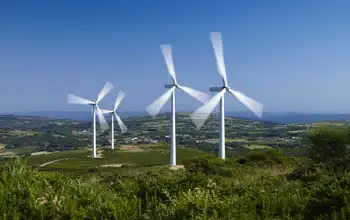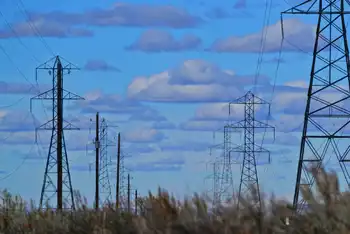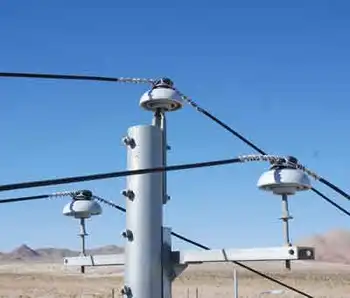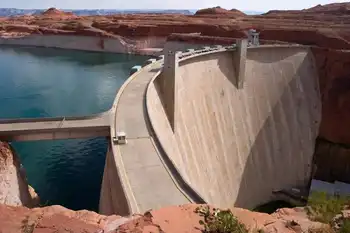Bill would require Commerce to measure transmission grid adequacy
By Finance and Commerce
NFPA 70e Training - Arc Flash
Our customized live online or in‑person group training can be delivered to your staff at your location.

- Live Online
- 6 hours Instructor-led
- Group Training Available
The measure has been referred to the Senate Energy, Utilities, Technology and Communications committee.
Prettner Solon, a DFLer from Duluth, chairs that committee.
Language in the bill, Measure S.F. 526, states that the report must identify barriers to meeting transmission needs and recommendations, including legislation, necessary to overcome those barriers. The state wants to see 25 percent of power generated from renewable sources by the year 2025, and for that to happen, transmission lines must be extended to the wind farms and dams where much of the regionÂ’s renewable energy will be generated.
The billÂ’s introduction comes at a time when Duluth-based Minnesota Power is discussing a 15-year agreement to purchase 250 megawatts of hydro power from Winnipeg-based Manitoba Hydro-Electric.
That power purchase agreement includes the routing of a 230-kilovolt transmission line from Canada to Duluth, according to Glenn Schneider, public affairs manager for Manitoba Hydro.
The Canada-based utility is also negotiating with Maple Grove-based Great River Energy, Minneapolis-based Xcel Energy Inc. and Wisconsin Public Service Corp. to buy electricity, Schneider said.
Manitoba Hydro-Electric plans to boost hydro power capacity over the next 12 years by building a number of dams along a 400-mile stretch of the Nelson River as it flows from Lake Winnipeg to Hudson Bay.
Government approval is required for the 230-kilovolt transmission line into Minnesota, which could be a part of the first transmission adequacy report to state lawmakers pending passage of Prettner SolonÂ’s bill.
Introduction of the transmission bill comes amid a flurry of electric transmission news, which coincides with todayÂ’s scheduled stakeholder meeting of the Upper Midwest Development Initiative (UMTDI) in St. Paul.
Formed in 2008, UMTDI is a five-state effort to encourage regional electric transmission development. Utilities in the region are interested in the regional effort because it could help promote development of transmission lines to deliver power from thinly-populated areas where wind energy is generated to consumer markets.
Last September, Novi, Mich.-based ITC Holdings Corp., which owns thousands of miles of transmission lines in the Midwest, applauded the efforts of UMTDI.
At that time, Joseph Welch, president and chief executive officer of ITC Holdings Corp., said, “There is a critical need for further transmission development in the Upper Midwest if we want to harvest the region’s strong wind energy potential.”
ITC Holdings Corp. announced plans to build the Green Power Express, a 3,000 mile grid of extra high-voltage transmission lines in seven states that costs up to $12 billion.
That announcement preceded the Senate approval of a federal economic stimulus package, includes funding for rebuilding the nationÂ’s transmission infrastructure.
Joining ITC Holdings Corp. as partners on the Green Power Express project are Minneapolis-based National Wind LLC; Baxter, Minn.-based Denali Energy; NextEra Energy, the wind energy development unit of Florida Power & Light; Iberdrola Renewables; Boulder, Colo.-based RES Americas, which maintains a Minneapolis office; Wind Capital Group; and Montgomery Power Partners.
The projectÂ’s web site, www.thegreenpowerexpress.com, states that the network of 765-kilovolt lines could be built by 2020, and is capable of delivering 12 megawatts of electricity from wind farms to energy consumers.











